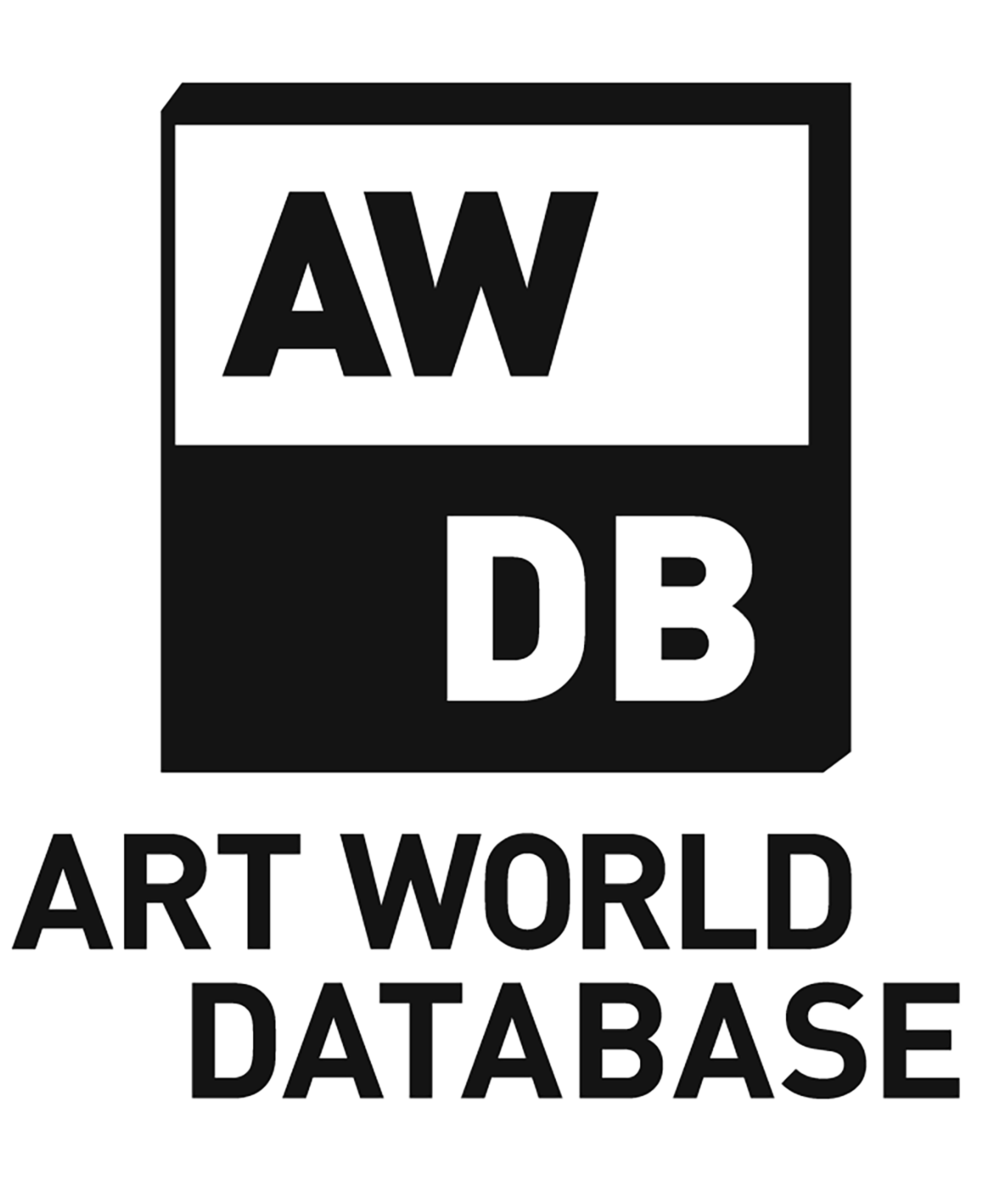A glossary of global art terms, alongside jargon and phrases coined in Southeast Asia. These definitions cite examples of artists, exhibitions, techniques, and more, in which the phrases have been applied.
Embossing
Embroidery
Engraving
Environmental Art

